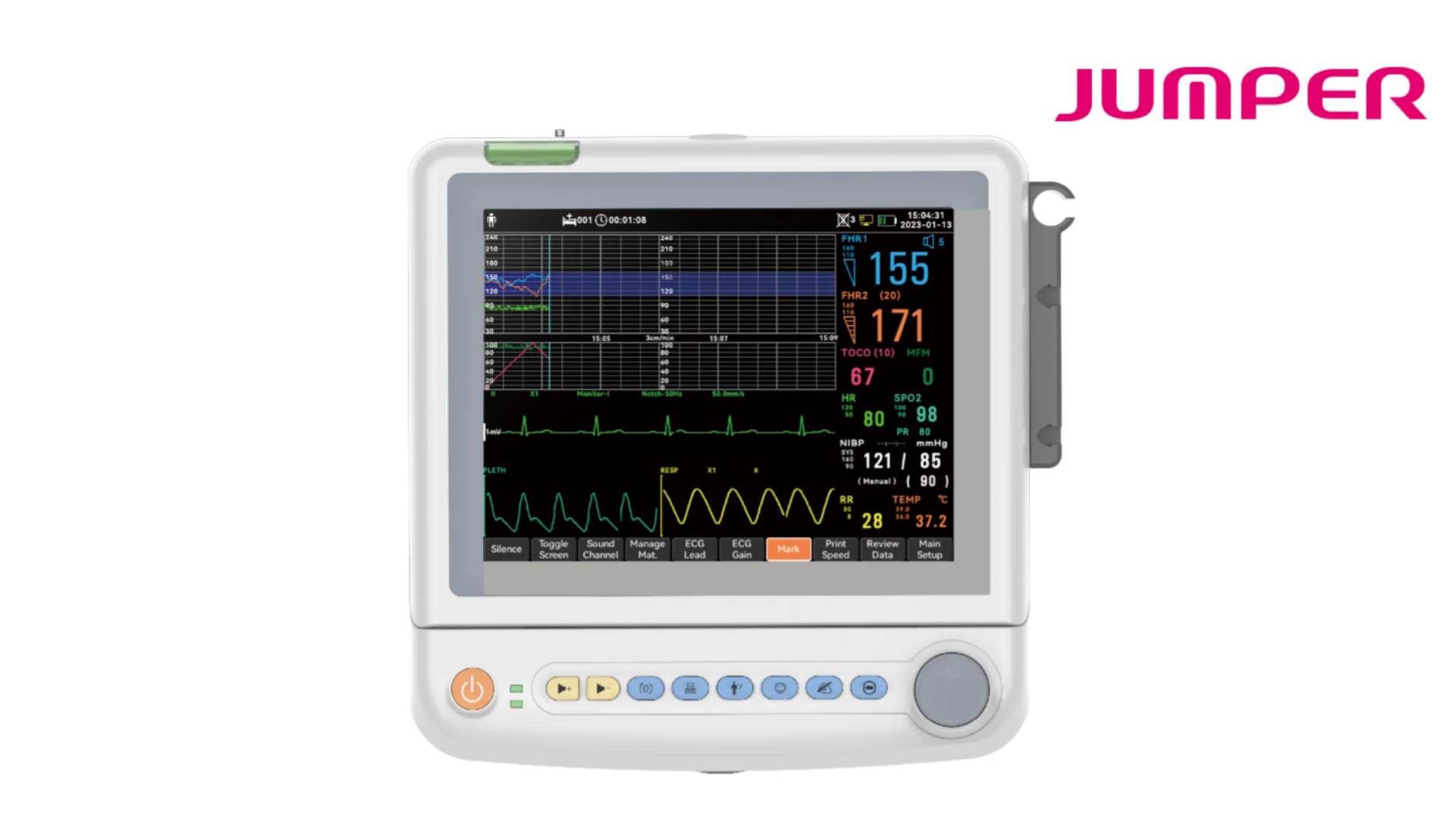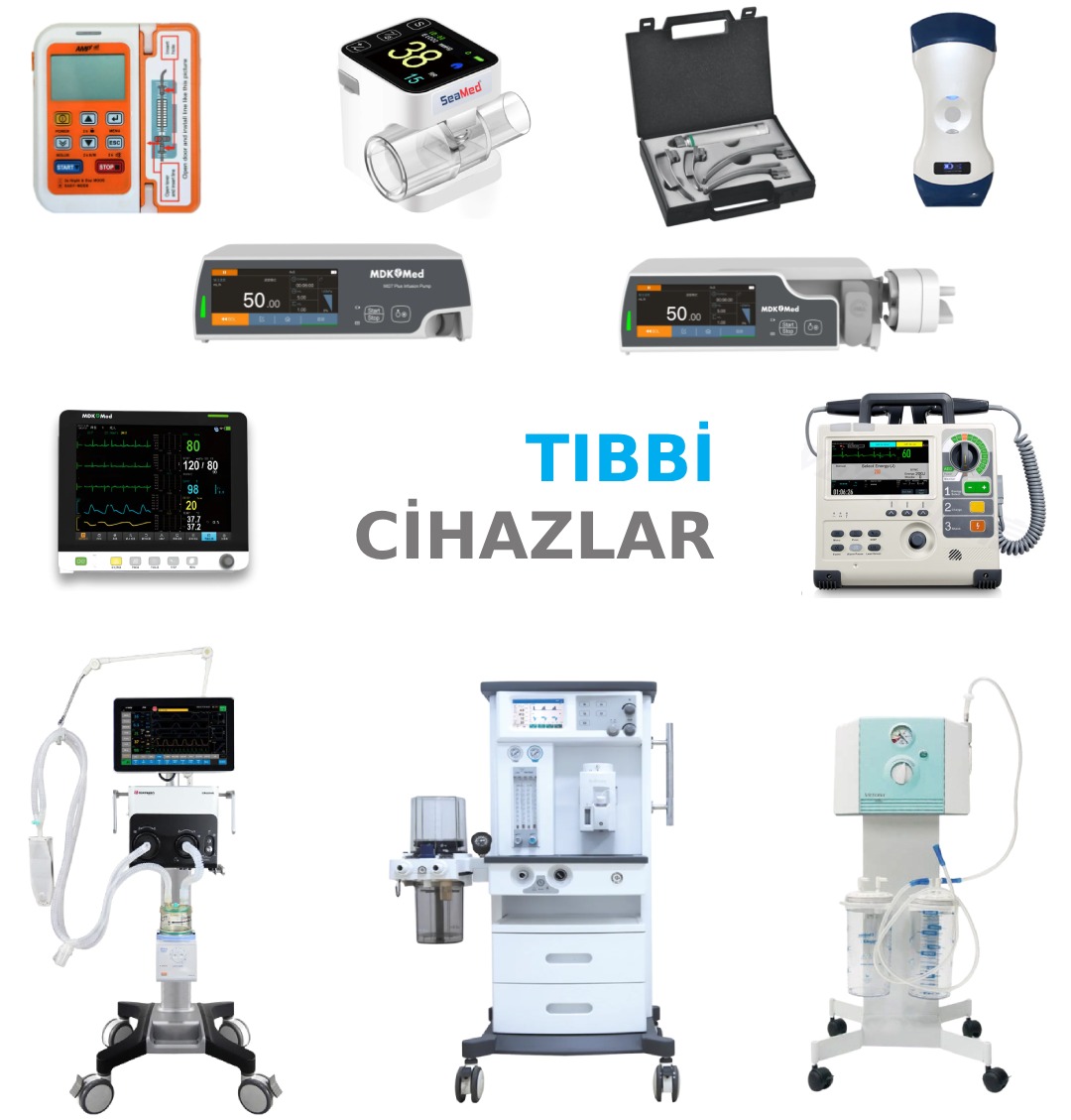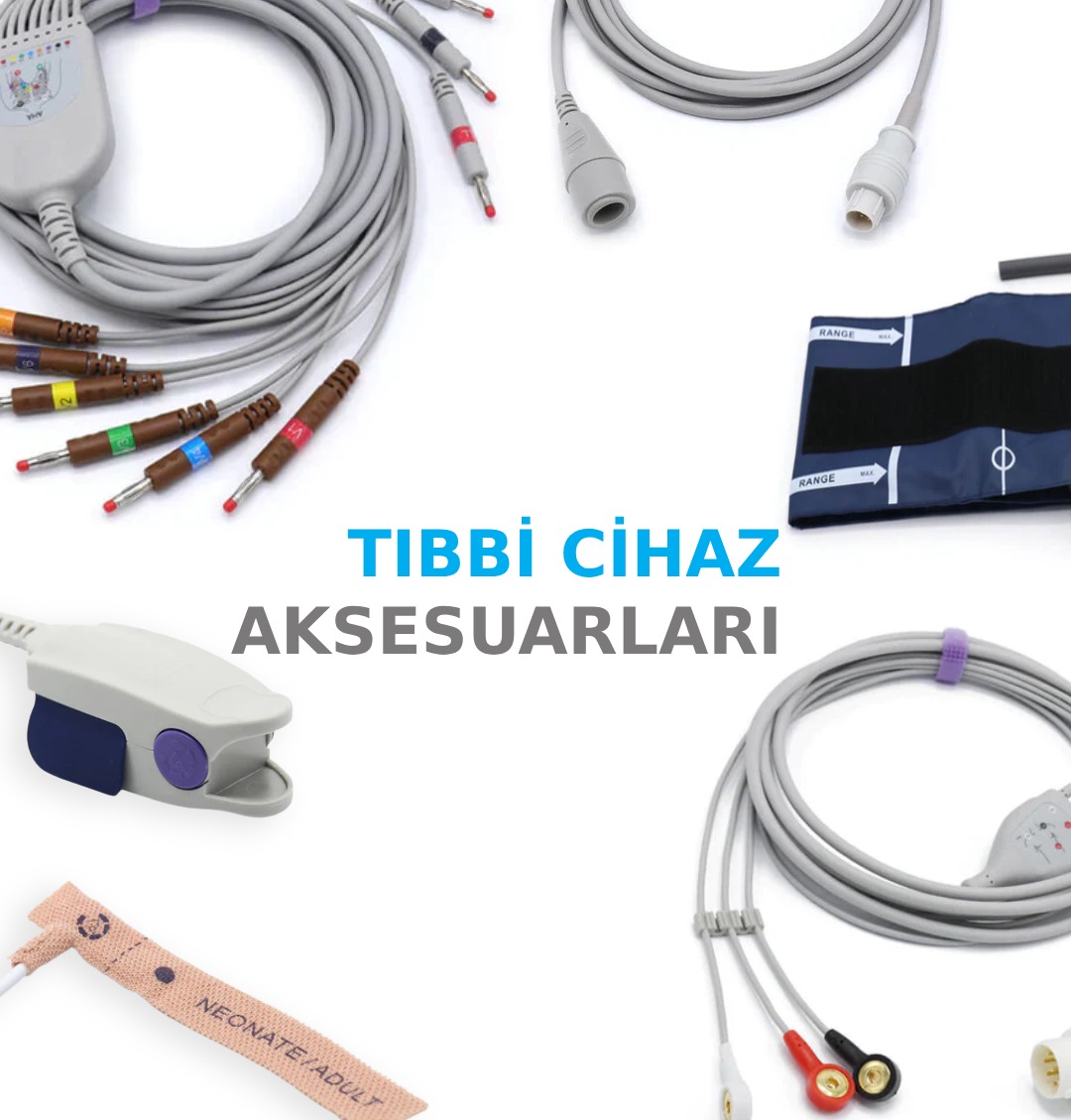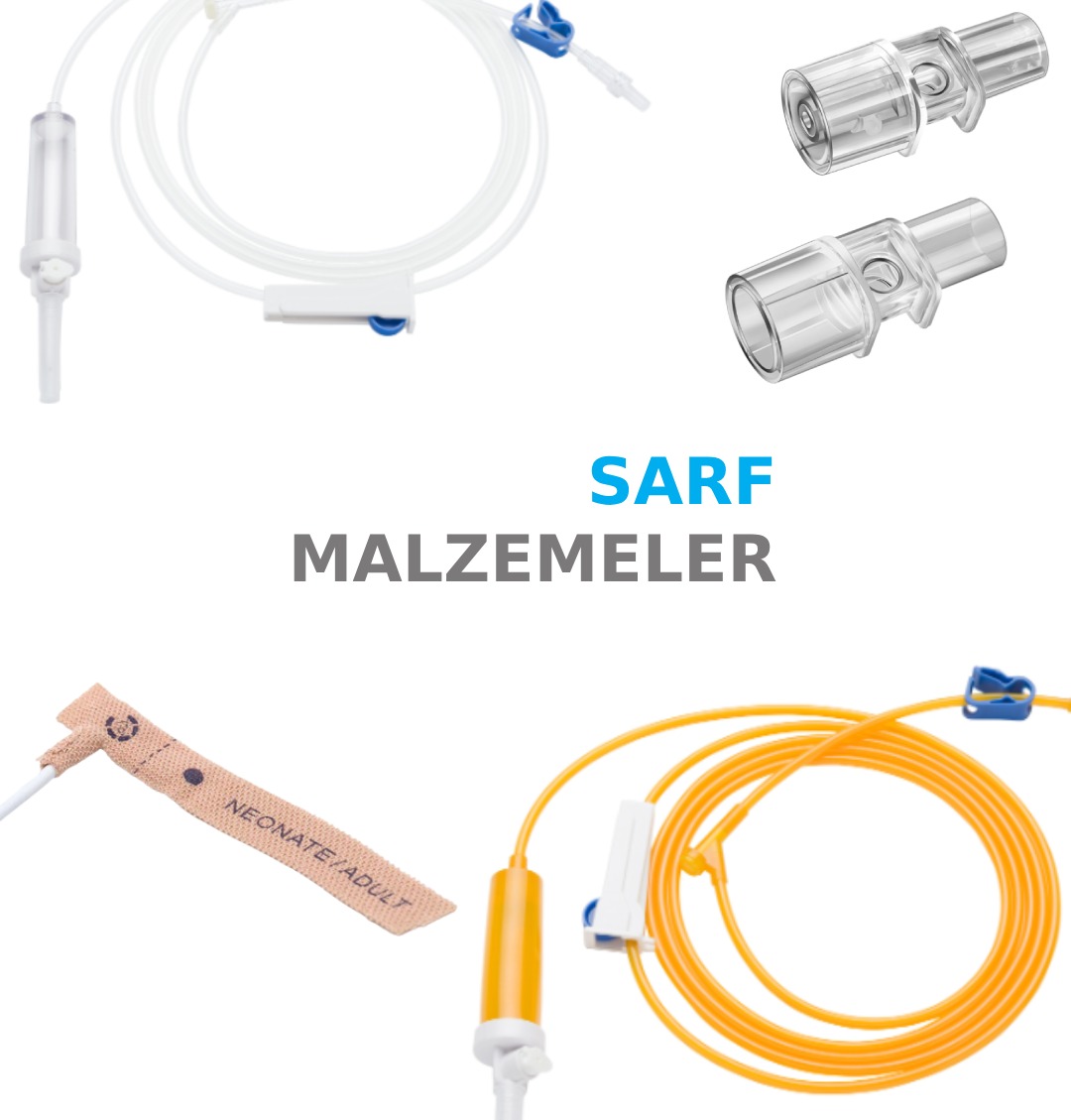
JUMPER JPD-600P MATERNAL FETAL MONİTÖR
- 12.1-inch TFT LCD Touch Screen
24-Hour Data Recording, 2000-Hour Storage Capacity
Fetal Acoustic Stimulator (FAS) Feature
Audible and Visual Alarms
Built-in 152mm Thermal Printer
CTG Interpretation System
FHR: 50-210 bpm
TOCO: 0-100 Units
Mother's Heart Rate: 0-255 bpm
Mother's NIBP: 30-240 mmHg
Mother's SpO2: 70-99%
Mother's RESP: 0-99 bpm
Fetal Monitors (Non-Stress Test - NST) are important medical devices used to monitor the health of the baby during pregnancy. These monitors help determine whether the baby is doing well by assessing the fetal heart rate and uterine contractions during pregnancy. Fetal Monitors are used during routine check-ups throughout pregnancy, in high-risk pregnancies, or when certain complications are present.
The working principle of fetal monitors is quite simple. They consist of two main components: a heart rate monitor and a device that measures uterine contractions. The heart rate monitor uses ultrasound waves to detect the fetus's heartbeat. These waves are applied to the mother's abdomen through a probe, which detects the baby's heart rate. The contraction measuring device uses either a pressure sensor or a belt to detect rapid uterine contractions. This way, both the fetal heart rate and uterine contractions are monitored and evaluated simultaneously.
Some technical terms related to fetal monitors are as follows:
Baseline Heart Rate: The resting heart rate of the baby. It should normally be between 110 and 160 beats per minute.
Tachysystole: A condition where uterine contractions occur more frequently and intensely than normal. Tachysystole can reduce the oxygen supply to the fetus and may indicate a potential issue.
Decelerations: Drops seen in the heart rate graph recorded by fetal monitors. Decelerations can indicate that the fetus is under stress or has issues with oxygen intake.
The uses of fetal monitors are quite broad. They are used in routine prenatal check-ups, high-risk pregnancies, in mothers who have experienced previous pregnancy loss, and in other specific cases. Additionally, they can be used during labor to monitor fetal health.
NST is an important tool to assess the baby's health and detect potential issues early. A normal NST is characterized by regular heartbeats and appropriate responses. However, if abnormalities are detected in the NST results, additional tests or interventions may be required.
In conclusion, Fetal Monitors (NST) are essential tools for monitoring the baby's health during pregnancy and detecting potential problems early. These devices assess the heart rate and uterine contractions to determine the well-being of the baby. Fetal Monitors provide healthcare professionals with crucial information for pregnancy follow-up and labor, allowing timely interventions when necessary.





